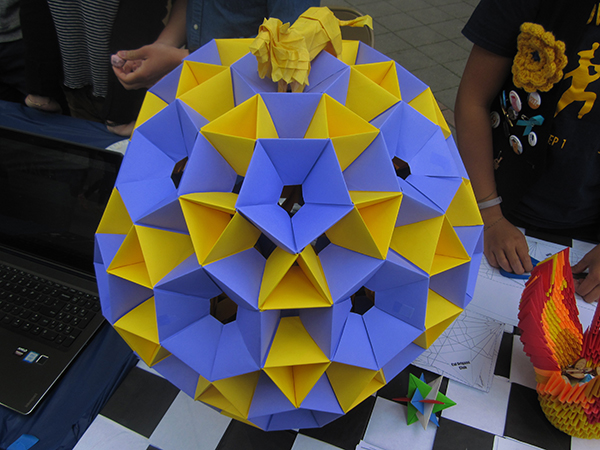This is my monthly linkspam, which includes some articles I found interesting, and some brief commentary.
Video games are better without stories – Ian Bogost argues that video games just aren’t as good at storytelling as movies or literature. Currently the best stories seem to be told through environmental storytelling, which falls quite short of the interactive storytelling often envisioned. This is a point I’m sympathetic to, having played several games that were widely praised for their story, and being frankly disappointed at how poorly they compare to even mediocre literature.
As far as my personal calculations go, it’s not so much a question of what the medium of video games is capable of. To me, the question is, “Is it economically feasible for the medium to produce good stories that go beyond mainstream tastes?” For me, movies fail this test because either they need to sell to a broad audience (which generally doesn’t include me), or they need to be poorly produced. Video games are also in a bad position, but they may get better as development costs go down.
I found this link via Critical Distance, which paired Ian Bogost’s article with several critiques. To be honest, I was really put off by that Gamasutra article, which started out by complaining that this whole debate had been dismissed by academics since 2005, and then immediately followed this with the complaint that Ian Bogost was being elitist. Games critics, why are you bad? Patrick Klepek makes good points though.

